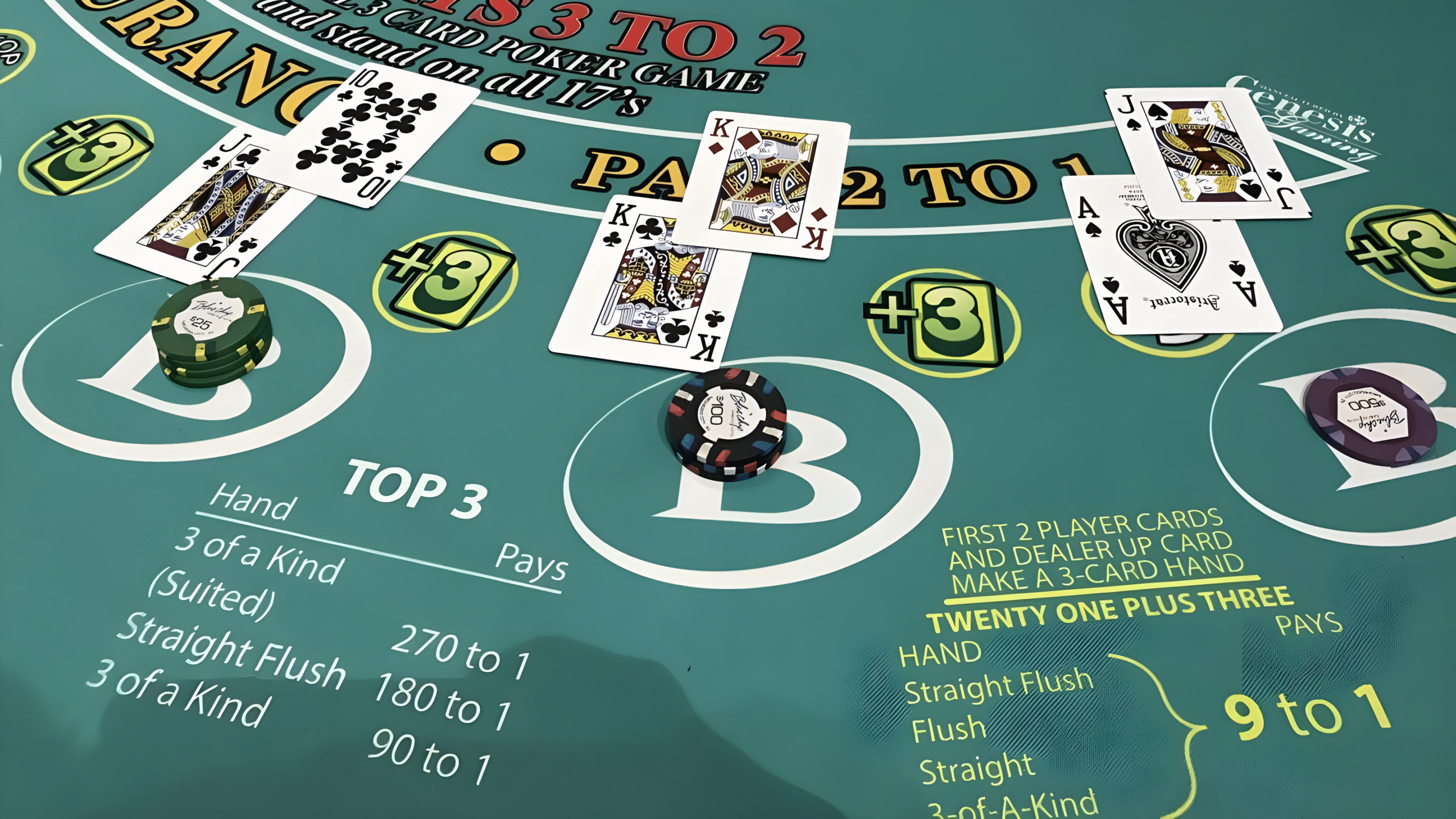Blackjack is one of the most popular casino games worldwide, and South African casinos are no exception to this trend. While the classic game remains a staple, the introduction of side bets has taken the game to a whole new level, offering players additional excitement and opportunities to win big. But what’s the real deal behind these side bets, especially from a mathematical perspective?
What Are Side Bets in Blackjack
Side bets are additional wagers that players make in addition to their main blackjack bet. These bets are typically tied to specific aspects of the game, such as the first two cards dealt to the player, the dealer’s upcard, or the specific combination of cards that appear during the round. Rather than focusing on the primary goal of blackjack, which is to beat the dealer’s hand, side bets allow players to wager on a variety of other outcomes. These can include things like getting a pair of cards, hitting certain combinations, or achieving specific hands, such as a flush or a straight.
While side bets certainly add excitement to the game, they come with a higher house edge compared to the main blackjack bet. This means that the odds of winning these bets are typically lower, which can make them a riskier proposition for players. Even though the potential for a larger payout exists, the probability of winning side bets is often lower, making them more difficult to win consistently. South African casinos, like many others around the world, offer a wide range of side bets that add a unique dimension to the traditional game of blackjack. They not only increase the entertainment factor but also present more opportunities for players to engage with the game in ways that go beyond simply trying to beat the dealer’s hand.
Why Do Players Opt for Side Bets
Players are often drawn to side bets in blackjack because they offer the potential for much larger payouts than regular blackjack hands. For instance, a popular side bet like Perfect Pairs can offer a payout of up to 25:1 if the player’s first two cards form a matching pair. This kind of payout can be incredibly enticing for players looking to maximize their potential earnings in a single round. While the risk is higher, the reward can be equally great, which is why side bets are often seen as an appealing option for players who enjoy a more thrilling casino experience.
The thrill factor is another key reason why players opt for side bets. Unlike traditional blackjack, where the outcome of each hand depends on the player’s ability to beat the dealer’s hand, side bets introduce an additional layer of excitement. Players aren’t just trying to form a hand that beats the dealer; they are also hoping for specific outcomes, like a pair of matching cards or a straight flush. This added element of suspense and the possibility of a big payout makes side bets more appealing to players who want to add variety and excitement to their blackjack experience. However, players should be aware that these bets often come with higher risks, as the house edge on side bets can be significantly greater than on regular blackjack hands.
Common Side Bets in South African Blackjack
In South African casinos, you’ll find several popular side bets, each with its unique rules and payout structures. These side bets not only add variety to the game but also present different levels of risk and reward for players to consider. Some of the most common side bets that players encounter include:
- Perfect Pairs
The Perfect Pairs side bet is one of the most widely played in blackjack. In this bet, players wager that their first two cards will form a pair. If the two cards match in rank, whether they are of the same suit or not, the player wins. However, if both cards are of the same rank and suit, this is called a “perfect pair,” and the payout is significantly higher. The odds of hitting a pair are fairly reasonable, making this bet popular among players who enjoy the possibility of big payouts. - 21+3
The 21+3 side bet is another common wager found in South African blackjack tables. This bet is based on the player’s first two cards and the dealer’s upcard. The player wins if the combination of these three cards results in certain hands, such as a straight flush, three of a kind, or a straight. The 21+3 bet is attractive because it combines the excitement of traditional blackjack with the potential for high-paying card combinations. However, the odds of hitting a winning 21+3 hand are lower compared to other side bets, making it a riskier proposition. - Royal Match
The Royal Match side bet pays out when the player’s first two cards are a King and Queen of the same suit. This side bet is particularly attractive because the payout can be quite large, often offering a 25:1 payout or even higher if the Royal Match hand is made with suited cards. While the odds of drawing a suited King and Queen are quite low, this bet appeals to players who enjoy the thrill of hoping for rare, high-reward hands in blackjack.
Each of these side bets offers different rules and payouts, which can affect their attractiveness to players. Perfect Pairs offers more frequent payouts with lower risk, while 21+3 and Royal Match come with the potential for larger wins but lower odds of success. Understanding the odds and payout structures of these side bets is essential if you’re considering placing them during your blackjack sessions.
The Mathematics of Blackjack
To truly understand the mathematics behind blackjack side bets, it’s important to first look at the basic probability concepts that apply to the game. In traditional blackjack, the odds of winning a hand are influenced by a variety of factors, including the number of decks in play, the specific rules governing the game, and the number of cards remaining in the deck. The primary objective is to get as close as possible to 21 without exceeding it, and players are often faced with strategic decisions such as whether to hit, stand, double down, or split their cards. The house edge in standard blackjack generally ranges between 0.5% and 1%, depending on the rules of the specific game and the player’s strategy.
However, side bets introduce a different set of probabilities. Unlike regular blackjack, where players have some control over the outcome through strategic choices, side bets are typically all-or-nothing wagers. The house edge on side bets is often higher because they are designed to be more profitable for the casino. For instance, the Perfect Pairs side bet might have a house edge of around 5.9%, while the 21+3 bet can have a house edge of 7.3%. These higher house edges mean that side bets are more difficult to win consistently, and the overall expected return for players is lower. In addition, the probability of winning side bets varies based on the specific bet being placed and the deck composition, which makes understanding the math behind these bets crucial for any player looking to engage with them intelligently.
Odds of Side Bets in Blackjack: A Detailed Analysis
The odds of winning side bets in blackjack depend largely on the specific bet being placed. Each side bet involves different combinations and probabilities of occurring, which means the likelihood of winning varies between them. For example, the odds of winning a Perfect Pairs side bet are around 16:1, but the odds of winning a Royal Match bet are significantly lower because they require a specific combination of cards — a suited King and Queen — dealt right from the start.
To calculate the odds, we must consider the probability of certain combinations appearing based on factors like the number of decks in play and the distribution of cards. These factors determine how often specific hands are likely to occur, which directly impacts the probability and payout associated with each side bet.
Analyzing the Perfect Pairs Side Bet
Let’s take a closer look at one of the most popular side bets in blackjack: Perfect Pairs. This side bet is placed with the hope that the player’s first two cards will form a pair. There are a few different ways this can happen, which is reflected in the different payout structures for the bet.
Here’s how it works:
- Pair of any suit: The first two cards are of the same rank, but do not match in suit.
- Perfect pair: The first two cards are of the same rank and the same suit.
The mathematics behind Perfect Pairs can be summarized as follows:
- A regular pair (same rank, different suits) is less rare, and therefore offers a lower payout of 16:1.
- A perfect pair (same rank and suit) is much more difficult to achieve, so it offers a higher payout of 25:1.
Probability and Payouts of the Perfect Pairs Side Bet
| Type of Pair | Probability of Occurrence | Payout |
| Regular Pair (any suit) | Approximately 16:1 (about 7.5%) | 16:1 |
| Perfect Pair (same suit) | Approximately 25:1 (about 0.45%) | 25:1 |
Regular Pair: The odds of getting a pair of the same rank (but different suits) are relatively favorable at 16:1, with a probability of roughly 7.5%. This means that, for every 16 rounds of blackjack, you might expect to see a regular pair roughly once.
Perfect Pair: The odds of hitting a perfect pair, where both cards are of the same rank and suit, are much less frequent. These odds are about 25:1, and the probability of getting a perfect pair is around 0.45%. While the payout is higher, the likelihood of this occurring is far less, making it a more high-risk side bet.



